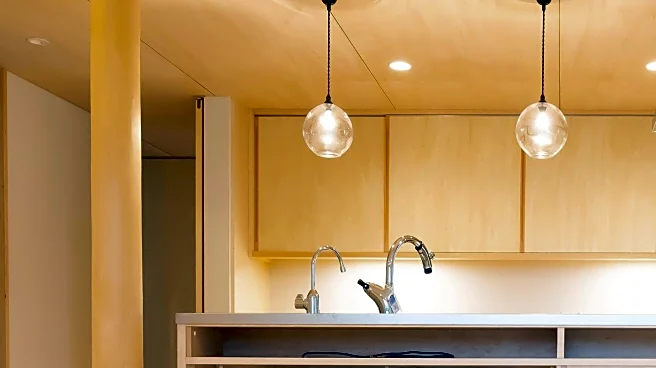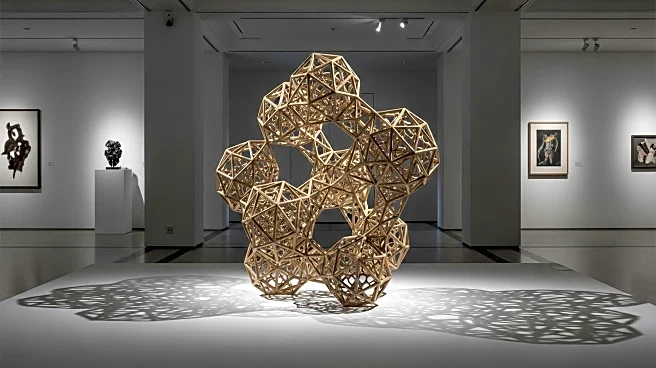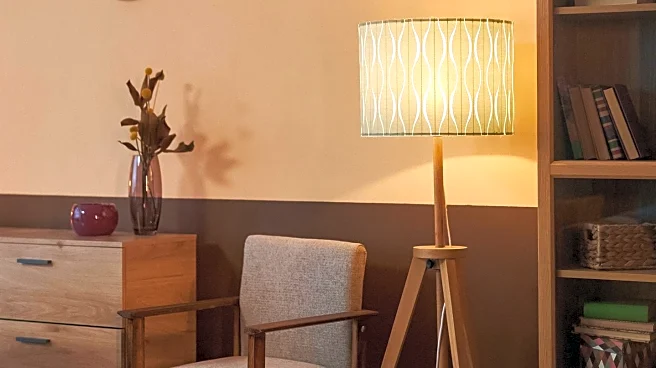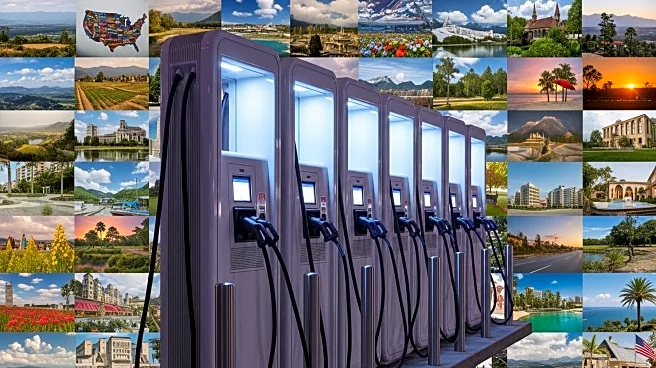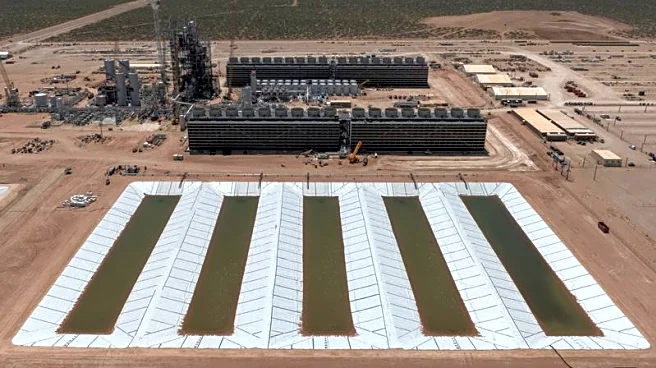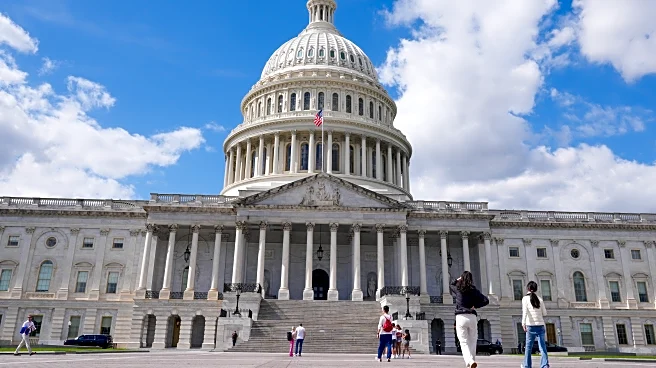What is the story about?
What's Happening?
Interior designer Robert Stilin, known for his work in the Hamptons, has released his second monograph titled 'New Work' with Vendome Press. The book features a variety of homes he has decorated across the United States, including locations in Washington, Montana, Connecticut, Palm Beach, and New York. The projects range from rural farmhouses to elegant beach homes and urban residences, such as Stilin's industrial loft in Red Hook, Brooklyn. These designs were completed after the pandemic, reflecting a shift in clients' attitudes towards home upgrades and a renewed appreciation for personal sanctuaries. Stilin's own East Hampton house, originally built by architect Andrew Geller in 1969, is also featured, showcasing a mix of vintage and contemporary decor.
Why It's Important?
The release of 'New Work' highlights a significant trend in interior design where homeowners are increasingly investing in their living spaces post-pandemic. This shift indicates a broader societal change in how people value their homes, not just as places of residence but as personal sanctuaries. The book serves as a testament to the evolving tastes and priorities of homeowners, influenced by the pandemic's impact on lifestyle and work-from-home dynamics. It also underscores the importance of adaptability and creativity in design, as seen in Stilin's diverse projects across different states, each tailored to unique local contexts and client needs.
What's Next?
As homeowners continue to prioritize their living spaces, the interior design industry may see increased demand for personalized and innovative home solutions. Designers like Robert Stilin are likely to play a crucial role in shaping these trends, offering expertise in creating spaces that reflect individual tastes and lifestyles. The industry might also witness a rise in collaborations between designers and architects to develop homes that cater to post-pandemic needs, such as multifunctional spaces and enhanced comfort.
Beyond the Headlines
The focus on home design post-pandemic could lead to broader implications for real estate markets, as properties with well-designed interiors may become more desirable. This trend might also influence urban planning and development, encouraging the creation of residential areas that prioritize aesthetic appeal and functionality. Additionally, the emphasis on personal sanctuaries could spark discussions on mental health and well-being, highlighting the role of environment in fostering a sense of peace and security.
AI Generated Content
Do you find this article useful?
